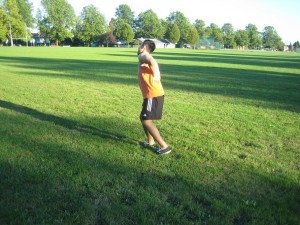Upper back pain is a form of discomfort or pain at the rear side of the chest and upper abdominal region. The upper back is comprised of the shoulder blades and the area where the rib cage links with the thoracic spine.
Many individuals have experienced back pain at some point. Nevertheless, upper back pain is not common as lower back pain. Upper back pain is not common since the thoracic spine is not mobile as the spinal region in the lower back and neck.
The pain might last momentarily or can be chronic which lasts for more than 3 months. The pain might be described as dull, throbbing or sharp and stab-like. The individual might be under continuous pain or it only occurs during certain activities such as lifting heavy objects or working in a desk for extended periods of time.
What are the accompanying symptoms?

The upper back pain can be accompanied by other symptoms depending on the underlying cause. It might be triggered by an infection or inflammation along with fever. The variety of symptoms that might arise with upper back pain include the following:
- Fatigue
- Anxiety
- Fever
- Depression
- Headache
- Neck pain
- Stiffness of the back in the morning
- Shoulder pain
- Warmth, redness or swelling of the back
- Stress
- Sleep disturbances
What are the cause of upper back pain?
The upper back is comprised of the thoracic spine. Amidst the vertebra are sponge-like sacs of cartilage known as discs that function as a cushion and provide motion to the back. The tendons, muscles and ligaments provide additional support. Any of these structures can become inflamed or irritated as a response to a variety of mild to severe conditions.
The usual cause of mild to severe upper back pain is abrupt movement during sports or home tasks. Individuals who have a sedentary lifestyle are also at risk. In the same way, upper back pain might be brought about by serious conditions such as fibromyalgia, disc herniation or spondylitis.
